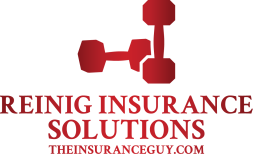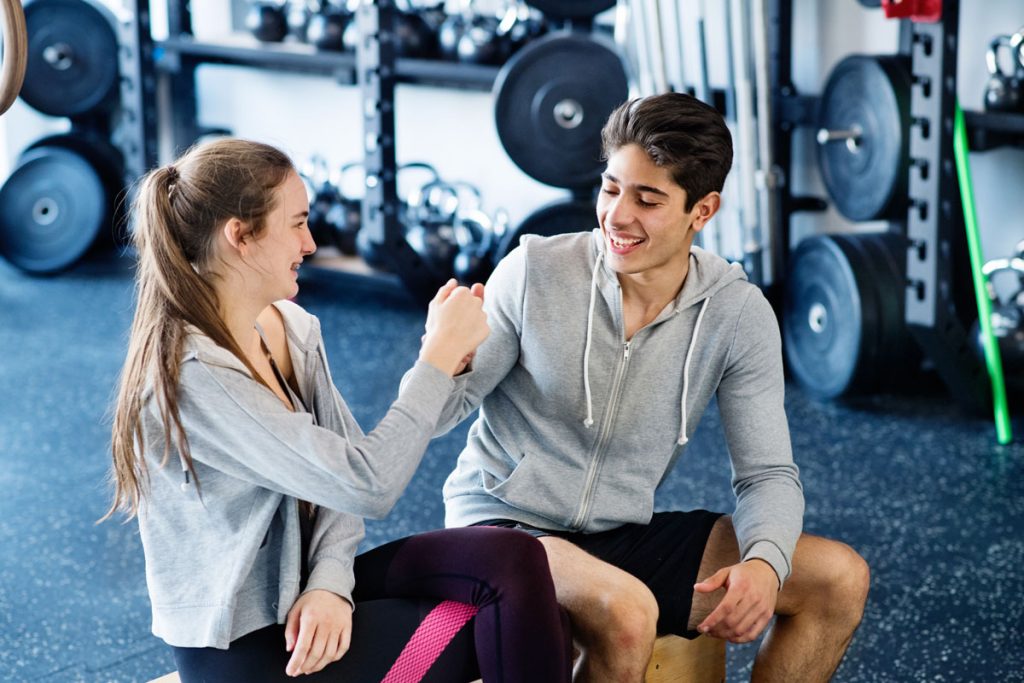A lot has been written lately in the various health club industry publications addressing children’s programming and youth exercise. The obesity rate among American children was an average of 19.3% pre-pandemic and is now reported at 22% in children and adolescents since COVID hit. And that’s not the only number that’s growing – the BMI of the average American child between 5-11 has also doubled since the pandemic. There is no doubt that the disbanding of physical education departments in our public school systems and the lack of safe, affordable support systems for working parents are not able to counteract the sedentary lifestyle of our television watching, internet surfing, generally plugged-in kids. Couple this with the poor nutritional value of processed foods and the lack of knowledge surrounding healthy eating and living habits and the result is obvious.
Why to Consider Allowing Teens and Adolescents in Your Fitness Club
The pandemic has highlighted a need for exercise from the perspective of both physical and mental wellness – bringing the question of whether or not to allow teens and adolescents and how to do so while covering themselves for any associated liabilities to the forefront. On top of it all, it seems that we might be in the midst of a Baby Boom II- so these concerns are only growing, and we in the Fitness industry have to be cognisant of what this could mean for us.
Who better than club owners to champion the cause of equipping kids with the tools they need to confidently build an active, healthy life? After all, don’t we already have the equipment, personal trainers, group exercise instructors, and nutrition specialists (in some cases) necessary to help build a healthier, happier generation? Can we also see a potential for additional revenue for the club?
Challenges of Opening Your Gym to Teens and Tweens
Although we all recognize the opportunity, the reality is that very few health and fitness clubs can address the needs of our adolescents and teenagers. The club may not have the space to accommodate a youth programming area and/or they may not have the resources to hire a trainer(s) to facilitate kids programming. I’m not saying that it is difficult to develop a successful program for minors, but club owners need to be aware of the obstacles before they choose to allow kids in the club.
Staffing is an ongoing problem in our industry. It is hard enough finding a reliable morning person let alone a staff member who can develop specific programming for minors and make it profitable. Some owners have made the decision that, although they do not have specific children’s programming in their club, they allow kids to use their equipment and facility services as long as their parents are with them. Some owners may also open their doors to the local high school and allow kids of certain ages to work out without parent supervision after school.
What Kinds of Risks or Liabilities Can I Expect to See if I Allow Minors in My Health Club
On the surface, these decisions appear to be a proactive approach designed to increase revenue and fill a need to help our younger generation get in shape. The reality is that minors who are allowed to use your facility and equipment with their parents or come in on their own are unlikely to achieve the fitness results they want and more importantly, can create increased liability on the part of the club.
Here are some typical examples of what happens at a club:
- A member approaches you or your manager and explains that they would like to bring in their 14-year-old son to work out.
- A member’s 16-year-old high school student would like to work out after school with a couple of their buddies.
- One of the members in your Women’s Only club requests that they bring along their health-conscious 11-year-old daughter who wants to work out with the circuit.
How did you respond to these three issues?
- Once you allow one member to bring their kid to work out, you have opened Pandora’s box. Soon other members will assume that it is O.K. for them to bring in their kid. How many kids do you allow per parent? What is the minimum age you will allow? How did you come up with that age limitation?
- High School kids often travel in packs with their peers in their day-to-day life and the gym is no exception as teens rarely work out as individuals. We’ve all come across those groups of teenage boys who work out in “clumps” of three to four during a stint at the gym. They wear funny looking clothes, wander around your gym staring awkwardly at your female members, grunt and groan like they haven’t had a bowel movement since last Christmas, and generally can cause disruption for the rest of your members. Although they were given an orientation on proper exercise technique, they totally ignore proper form, stick the pin in the bottom of the weight stack and slam your weights. They often pay less than a regular membership (what’s that about?), beat up your equipment and – unless you plan accordingly for it – won’t support your profit centers.
- The 11-year-old daughter is a tough call. We want to be able to help her out but allowing her to come in is likely to make the rest of your members uncomfortable unless she’s being carefully coached in best practices for form and healthy living habits by a team member or parent.
Again, all three scenarios appear to be innocent enough, but let’s talk about the ramifications of these scenarios.
What if the Minor Signs a Waiver?
Having minors in your club can increase your liability exposure. A minor (anyone under the age of 18) cannot sign a waiver. Even if the parent signs a waiver, the child still has their own rights and can sue you once they become an adult. Bottom line, if a child is injured in your club, the insurance company will end up writing the check. The Club Owner may also end up writing a check for punitive damages when the court decides that the Club Owner’s decision to allow a 12-year-old to work out on a hack squat machine with no supervision was grossly negligent. Punitive damages are not covered by your general liability insurance.
How Can I Safely Allow Minors Memberships to My Health Club
The best and safest solution to address the needs of minors is to have specific, facilitated programming. One of the best package programs I have seen over the last ten years is the Parisi Speed School. Parisi not only provides a safe environment for kids to learn about healthy exercise habits and develop proper form, but the programming provides real results. Probably the best part of it all for Gym Owners – it can make the Club a ton of money. Parents will spend hundreds of dollars on their kids to help make them better athletes or just to give them the tools and opportunities they need to grow as active and autonomous, well-informed parties to their own physical and mental health and well-being. The bottom line is that programming for minors is one of the best profit centers a club can have. It’s just a matter of doing it with intention and doing it well.
What Do Your Other Members Want?
The insurance industry, for the most part, has no problem with clubs that provide exercise programming for minors. Your other members, however, may have a problem with minors who are allowed to roam freely in the club and work out on their own. As a 54-year-old-trying-to-get-in-shape insurance broker, the last thing I want to see when I go to my club to work out is a bunch of kids disrupting my “space”. I may not tell the Club Owner that I disapprove of his decision to allow kids in the club, but I guarantee I will not be renewing my membership. But that’s just me. Your members may want a more inclusive policy, but the key is to get ask the right questions to get the feedback you need to make the most informed decision possible.
So let’s do the right thing for our younger generations. Get these kids into the gym and create an environment that will guarantee results for both the child and the club. If you’re interested in opening memberships to adolescents in your gym but aren’t sure how coverage works for minors, reach out to us here and we will support you in finding the best insurance policies for your health club.


